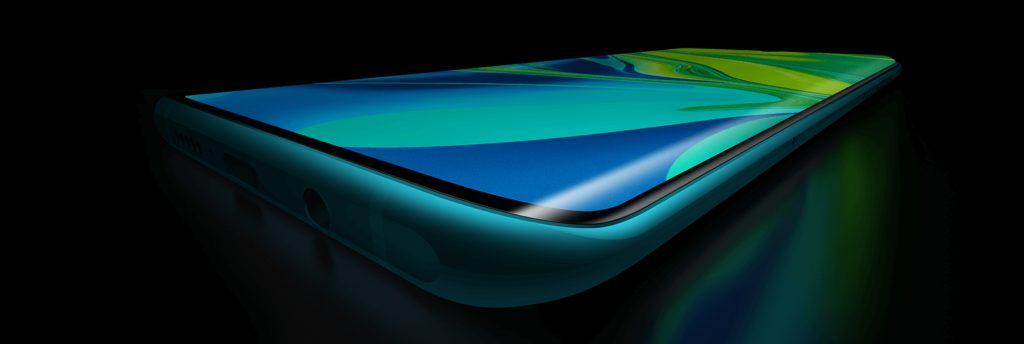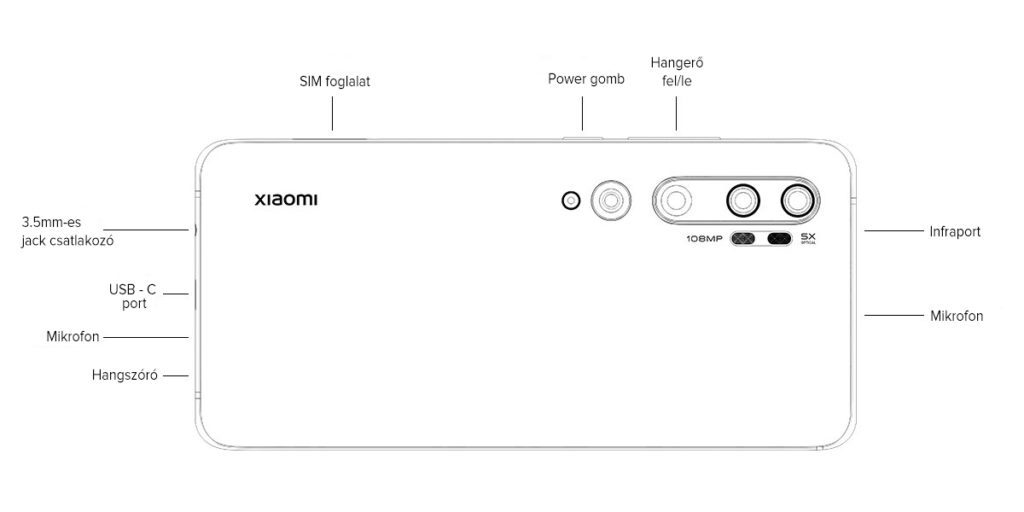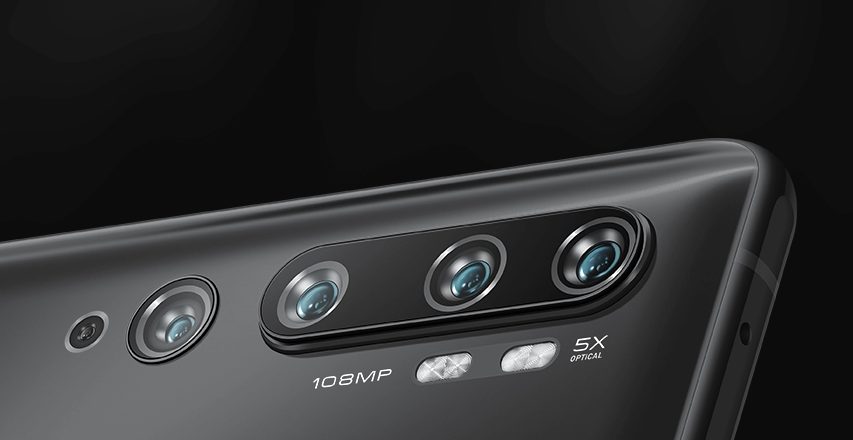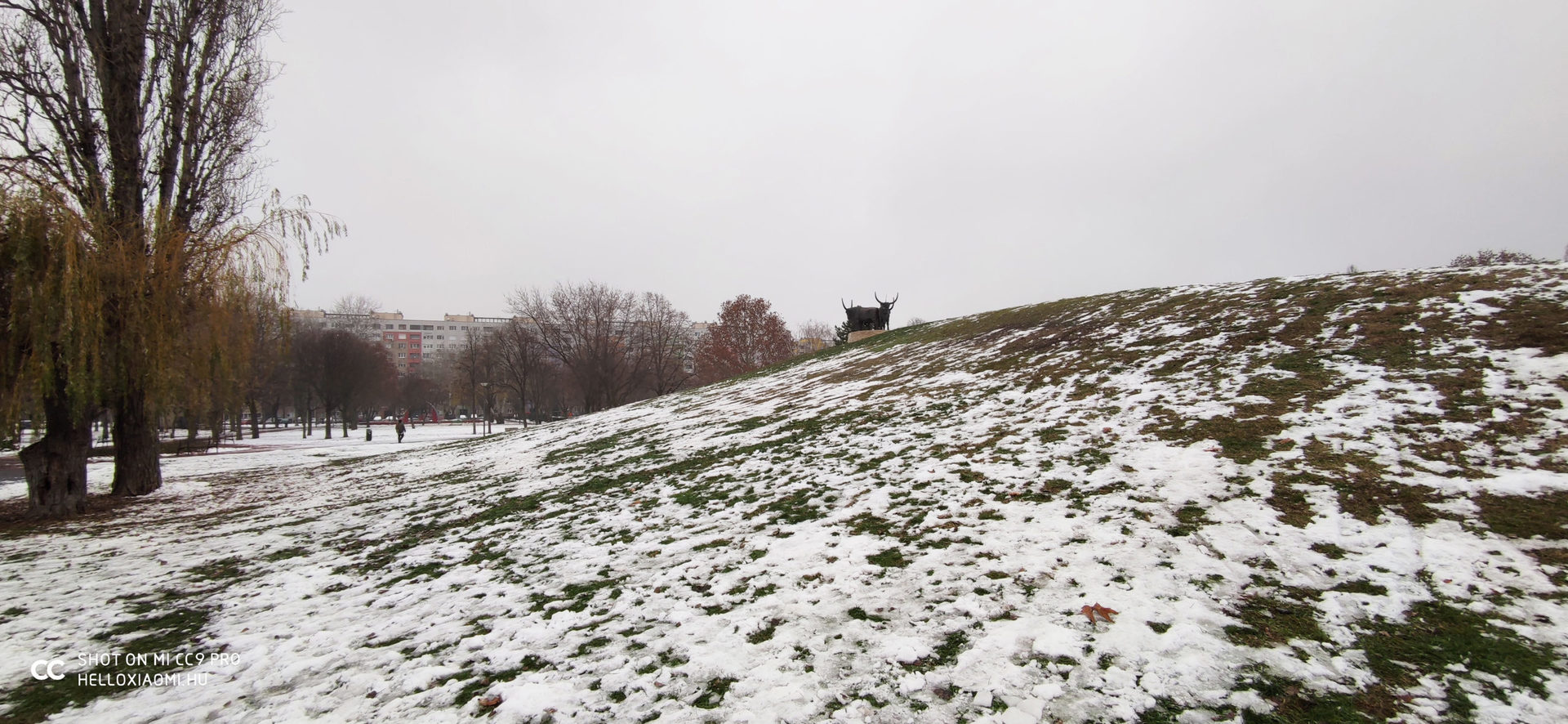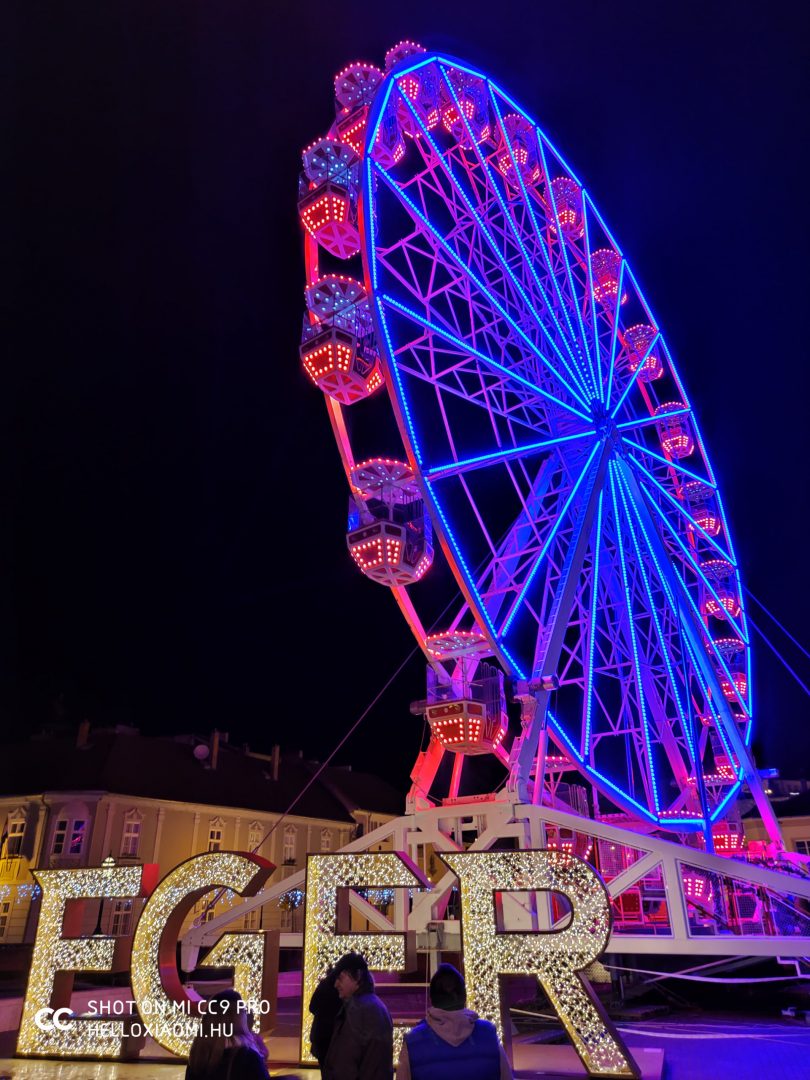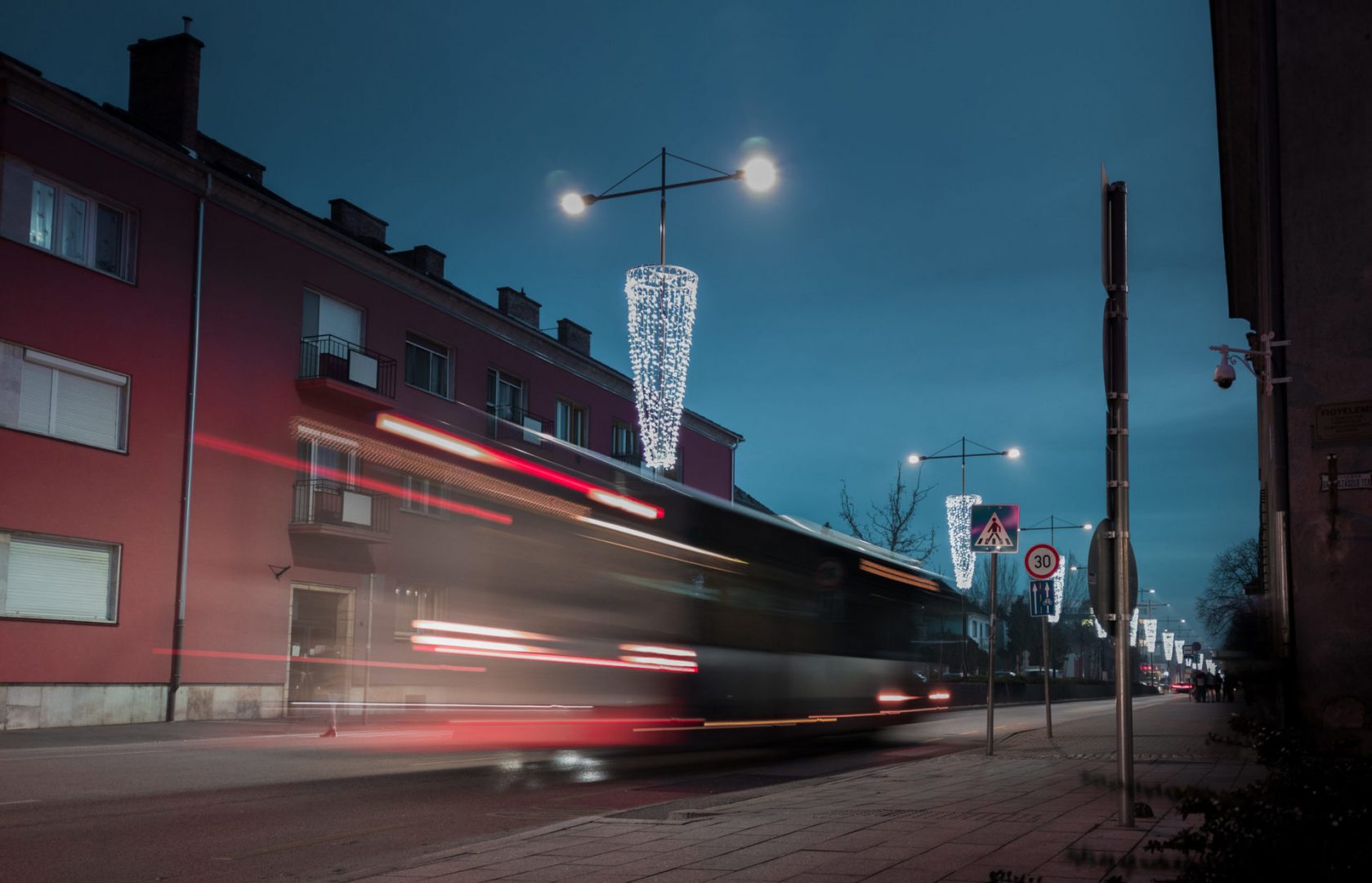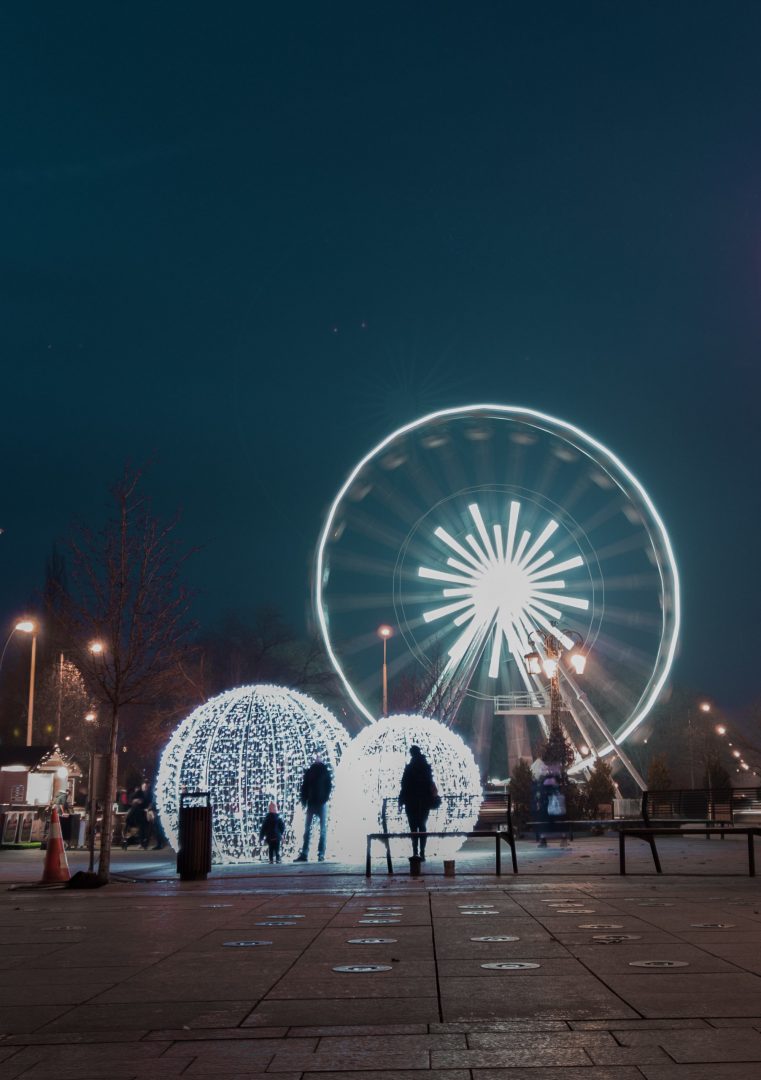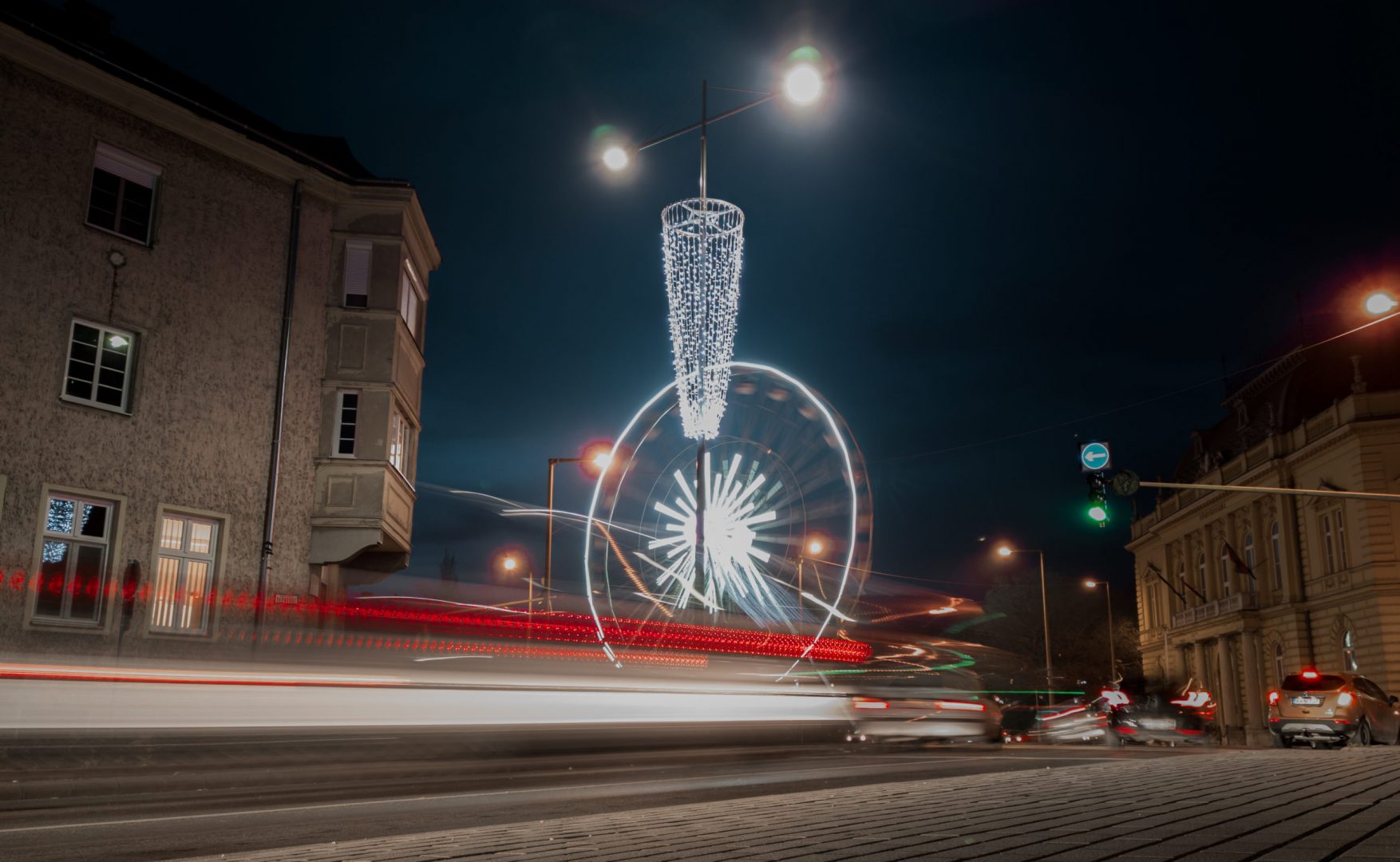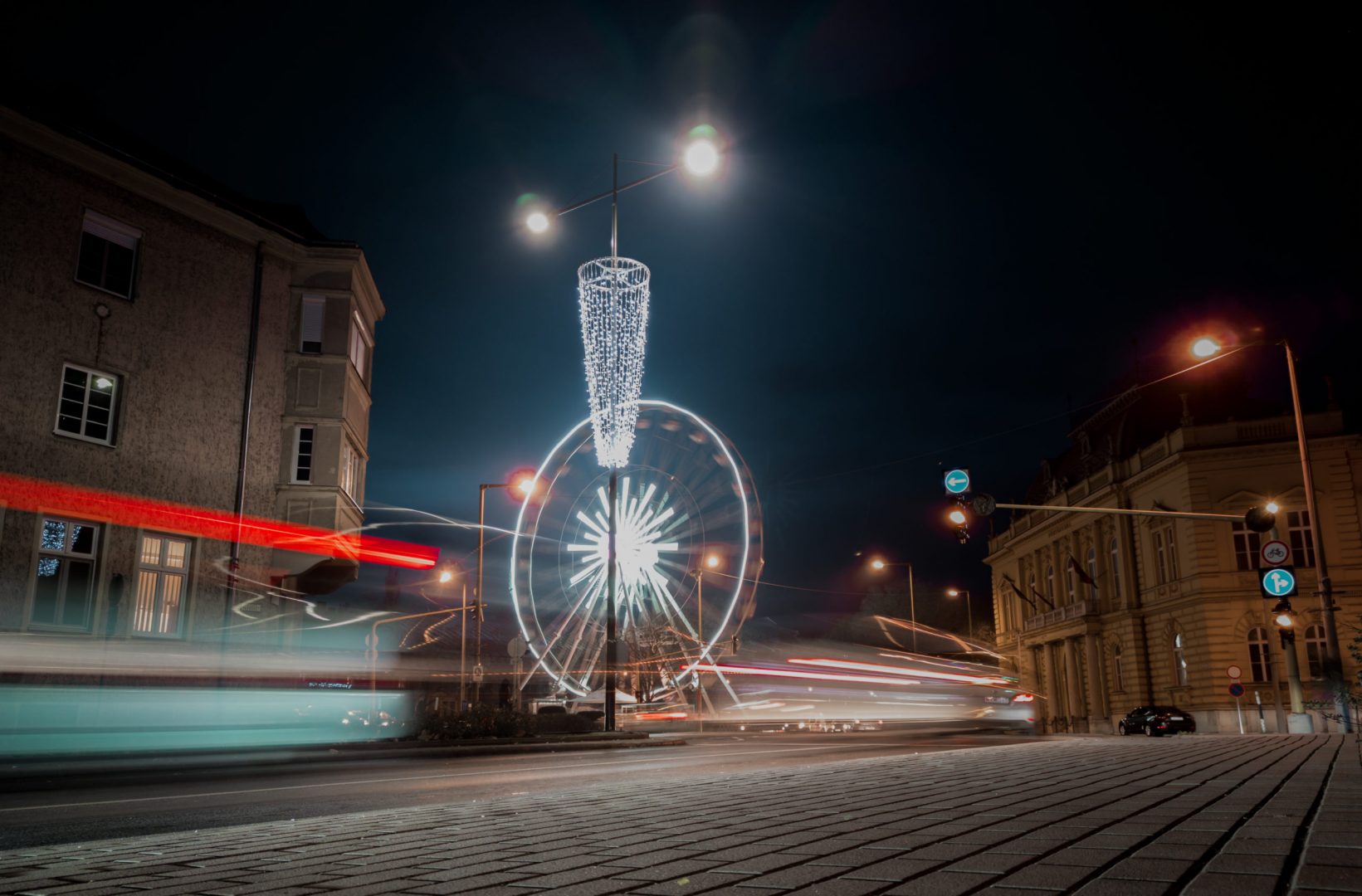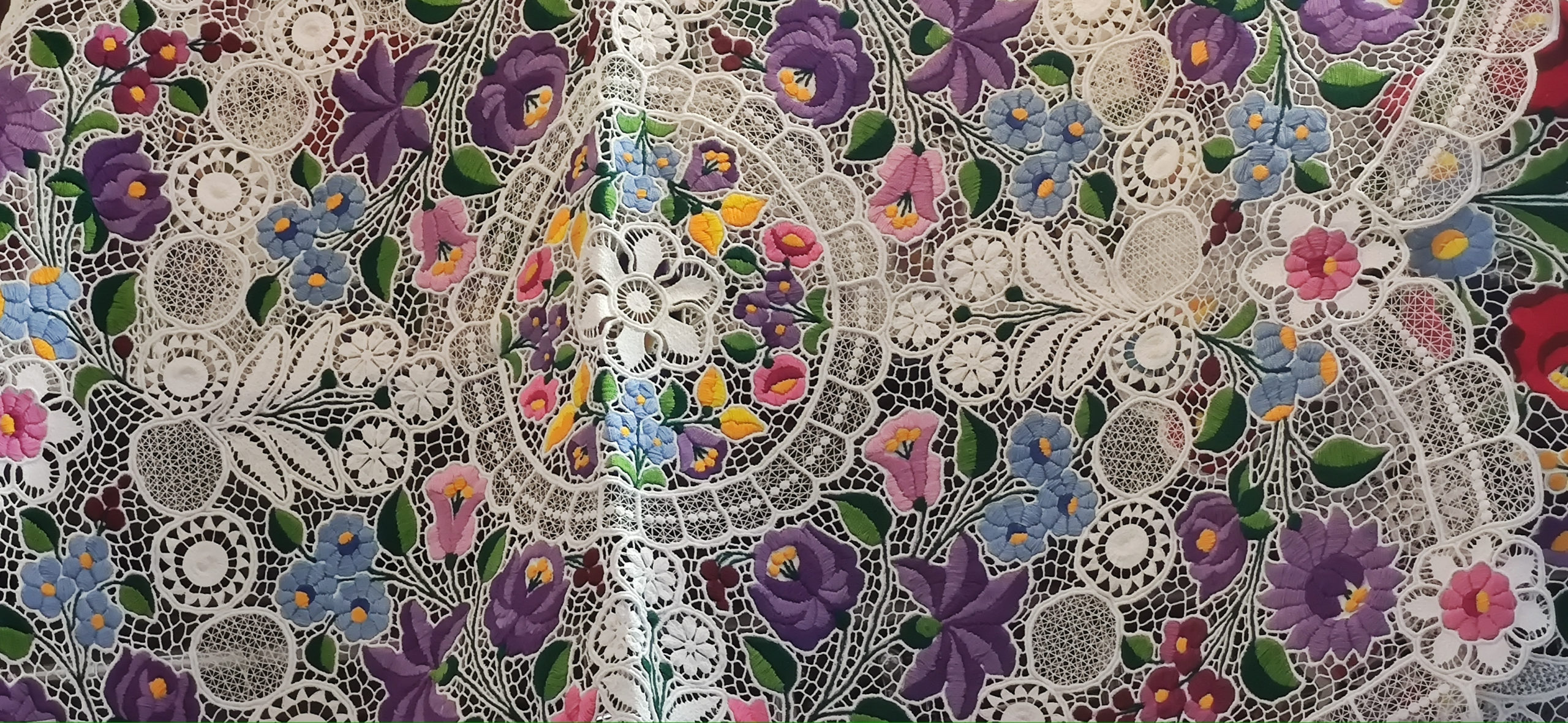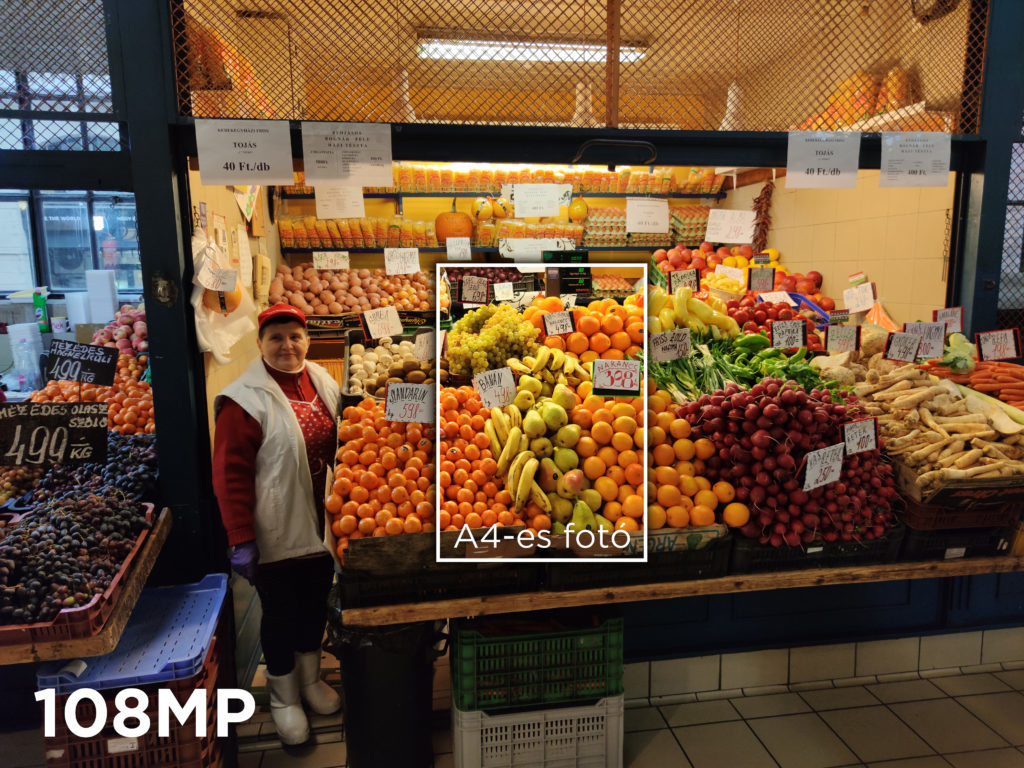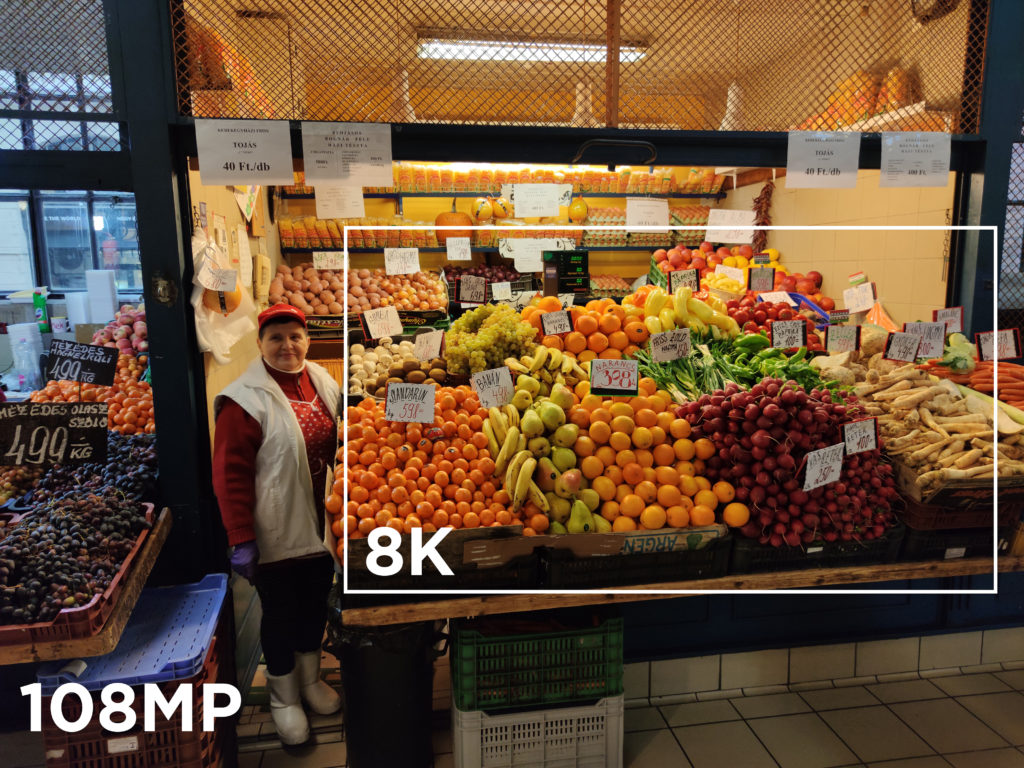Xiaomi unveiled its first 5-camera smartphone, the Mi Note 10, at the end of 2019, which is top of the line in photography and strong in video recording, but the paired hardware wasn't the best choice for the manufacturer.
In this test, I'll show you how far Xiaomi has come in camera development and how well it's currently recommended.
Table of contents: Dimensions Display Parts of the device Hardware Battery life Audio capabilities Penta camera Test photos and videos Cue
Nearly two years after the launch of its immediate predecessor, the Mi Note 3, 2019. Xiaomi CC9 Pro launched on 5 November, which was launched internationally as the Mi Note 10. The jump in the number of models is due to the extent of the technical improvements and the numbering used for the Mi series this year. With the Mi 10 arriving in early 2020, the Mi Note 10 is already aligned with it.
Let's see the dimensions of the Mi Note 10!
The Mi Note 10, height 157.8 mm is just 9 hundredths shorter than the Mi MIX 3 and 3 tenths taller than the Mi 9. Width is half a millimetre narrower than both the Mi MIX 3 and Mi 9, 74.2 mm. Thickness 9.67 mm, which is thicker than the Mi 9, Mi 9T, Mi MIX 3 models, although these have batteries between 3200 and 4000 mAh, while a Mi Note 10 5260 mAh-battery pack.
Display
It has a 6.47-inch display with FHD+ resolution of 2340×1080 pixels and 600 nits of brightness. It is TÜV certified and has HDR support. It is protected by Gorilla Glass 5.
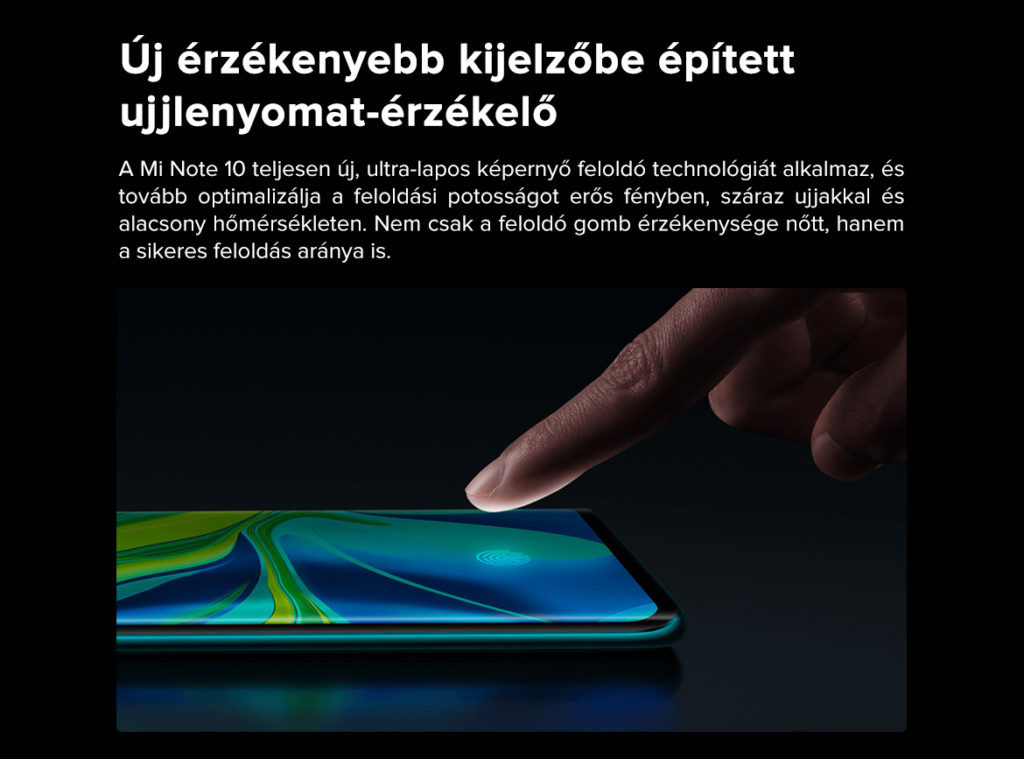
The in-display fingerprint scanner is faster on paper than on the Xiaomi models I've used, but I didn't notice this in practice. It's as accurate and fast as the Mi 9, for example.
The curved AMOLED display is similar to the Mi MIX Alpha, with Visionox supplied by.
The housing has a 360 degree rounded design. Minimal blunt edges are found only at the top and bottom of the display. Despite the all-glass enclosure and edge design, the grip is stable thanks to a thickness of almost 1 cm. The frame is about 4 mm on the sides, enough to grip the phone without cutting your finger.
Currently available in 3 colours, midnight black, aurora green and glacier white. The latter has a plain silver frame, while the other two are painted.
 In addition to the 30W charger head, SIM pin and Type-C cable included in the package, a reinforced silicone case is included, which is worth using from the start. It provides a good grip for a more stable grip, and the special design means it doesn't hang into the edge display on the side (at the bottom at most, but it's getting used to it). The camera unit has a reinforcement that sticks out of the plane, so there's minimal wobble.
In addition to the 30W charger head, SIM pin and Type-C cable included in the package, a reinforced silicone case is included, which is worth using from the start. It provides a good grip for a more stable grip, and the special design means it doesn't hang into the edge display on the side (at the bottom at most, but it's getting used to it). The camera unit has a reinforcement that sticks out of the plane, so there's minimal wobble.
Let's take a look around the Mi Note 10
At the top is the infraport and the secondary microphone. This is also used for video recording.
Right side the usual pair of volume buttons, the power button underneath, and the SIM tray for 2 nano SIMs.
Start at on the left is the mono speaker, next to the microphone, USB-C connector and 3.5 mm jack. The left side is completely blank.
At the back you will find the penta camera divided into 3 parts, the double LED flash and the LEDs of the double strobe light. At the bottom, horizontally in the plane of the camera unit, you can see the xiaomi logo in silver paint. The LED lighting used on the Mi 9 Lite is omitted here.
Hardware
In terms of hardware, the Mi Note 10 represents the upper-mid range.
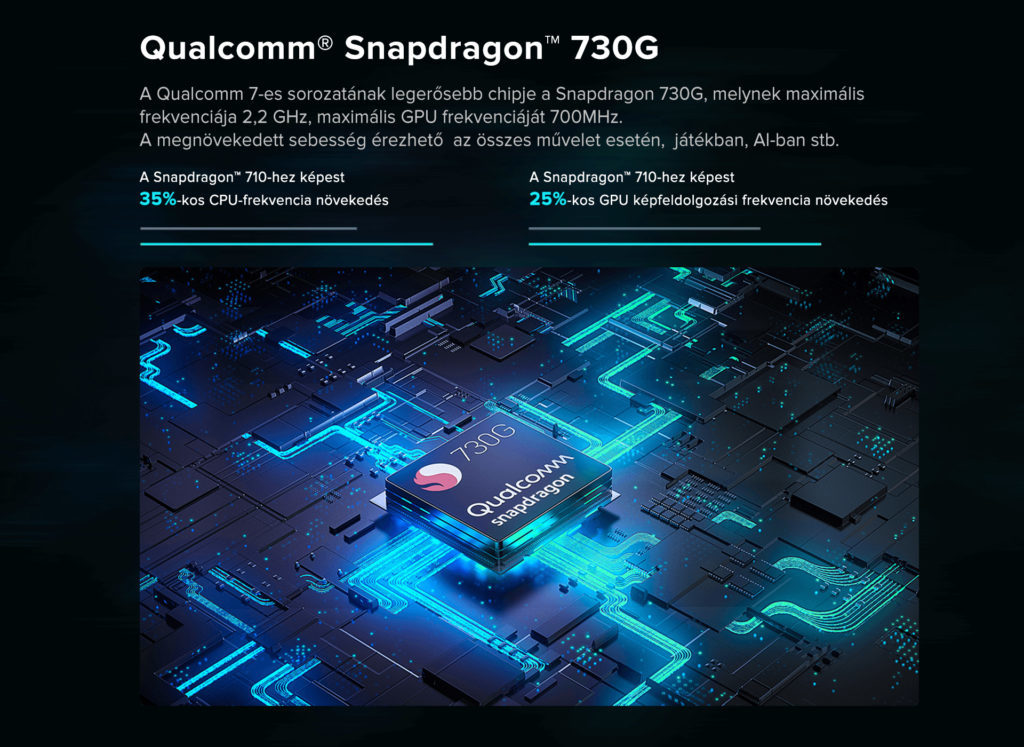
The Snapdragon 730G an eight-core, 8-nanometre-wide, fresh processor with a maximum clock speed of 2.2 GHz.
The chip with artificial intelligence support contains eight Kryo 470 cores and an Adreno 618 GPU. Its clock speed has been increased to 700MHz, hence the G suffix in the designation.
A SoC 268.000 in AnTuTu score, proving that it is more than enough for everyday use. Optimised for games with an increased GPU clock speed, there's practically no title on the Play Store today that it can't handle.
I did not run any other test program, for me practical experience is worth more than any ranking in benchmark databases.
6 GB of memory-and 128 GB of gross storage. The former is LPDDR4x, the back is UFS 2.0 (according to AnTuTu). The CC 9 Pro, which was the first one I had, has 8 GB of RAM and 128 GB of back. The manufacturer's practice so far is that almost all Global editions are inferior in memory, and sometimes backups, to their Chinese counterparts. So those who are short of 6GB of memory should either go for the Chinese version (without B20) or wait for the 8/256GB 8P lensed version of the Mi Note 10 Pro.
Wireless communication is provided by Bluetooth 5.0, dual-channel (2.4GHz/5GHz) WiFi, and 4G support in both SIM slots, with near gigabit speeds.
The positioning is accurate, it also supports Galileo from satellites. (When using Waze, check the Authorization Manager or turn off MIUI battery saving for the app)
No lack of NFC-nor, as mentioned earlier, the infraport.
My only gripe was the lack of wireless charging, which is somewhat compensated by the lightning-fast 30W charging support.
Battery life
The test started with the Xiaomi CC9 Pro. After weeding out most of the Chinese apps and disabling the remaining ones where possible, I had enough battery power until about the end of the second day. Initially, I just loaded the phone, so to speak, moved from the Mi 9 and logged into my banking and multimedia apps. Within a couple of days a minor update arrived, after which I was able to extend my time on the charger by about half a day. I continued not to load it with games, and only started to stretch the camera later.
On the Mi Note 10, thanks to strict Google monitoring, I had a day and a half on a single charge with continuous GPS and 4G use. Here, the brightness of the display, or even the Facebook app, can have a big impact on the end result. (If you drop the blue social app, you can extend the battery life by hours.)
Let's say a few words about audio capabilities!
It's not highlighted, but it also uses ultra linear speakers, an enlarged sound cavity and Smart PA, combined with HiFi sound quality and Hi-Res certification.
The mono speaker is noticeably louder than on the Mi 9. The sound quality was perfect when tested with both Type-C and jack-connected earphones. The predefined profiles for Xiaomi's factory earbuds are available in MIUI, just like all other models.
So it's perfect for content consumption, but what about content creation?
Penta camera
In the cool, misty winter weather, there are no more green trees and colourful flowers. So we tried to find a colourful theme in our test photos and videos.
But before the pictures, let's see what the penta camera unit contains:
Test photos
The telephoto camera is capable of brutal magnification, so you can capture a distant subject in the right light. At 5x optical zoom, image quality is still impeccable, but beyond 10x magnification, detail is lost and image noise appears. For a smartphone, that's still a good performance.
The portrait camera with 2x zoom is perfect for full-length portraits. All filters and image manipulation effects can be used, including studio light effect, background blur, face enhancement mode. You also have the option of post body correction. A soft light can be turned on separately to further illuminate the face and play with highlights.
The portrait lens, which is equivalent to a 50mm lens, is complemented by a dual phase detection and laser autofocus with a high brightness sensor. The result is excellent even in low-light conditions. A new feature is Film mode, which allows you to shoot wide-angle portraits that can be enhanced afterwards.
You can adjust the background blur in the resulting image, animated light bars (this can be saved in moving video format) and there is studio lighting.
Additional options
There are also plenty of options in photo mode. Dynamic shooting, which captures a few frames of the scene in advance, is a new feature that can be used to filter out blinking in a group shot, for example. You can scroll for a few seconds and then the phone saves the right frame. This is currently only available in CC9 Pro, as is Mimoji. Mi Note 10, on the other hand, knows Google Lens. We could go on for hours, showing off what else the camera can do.
The night mode has improved a lot, and you can see how good the dark mode images are in a few pictures.
Mi Note 10 night pictures
Photos taken with MIUI 11 software version 1, "Night" and Auto mode. The OIS comes in handy with both lenses, there is little movement, mostly only people moving in "Night Mode" see the longer exposure.
Full-size night photos taken with CC9 Pro on this link are available.
Let's look at a zoom sequence in evening light
As you can see, not all members of the camera unit are always great. I took the photos hand-held, and the movement visible at 5x zoom was only noticed afterwards, unfortunately I couldn't reproduce it.
I also took a photo with the Mi 9 a few weeks earlier, you can feel the difference
Mi 9 vs Mi Note 10
[twenty20 img1="29445″ img2="29453″ offset="0.5″ before="Mi 9″ after="Mi Note 10″]
[twenty20 img1="29449″ img2="29441″ offset="0.5″ before="Mi 9″ after="CC 9 Pro"]
[twenty20 img1="29312″ img2="29353″ offset="0.5″ before="CC9 Pro" after="Mi 9″]
The hardware's weaknesses are mostly in the camera. It's slow to save night mode images, as it is at 108MP. Occurs camera error also, unfortunately, quite often.
Here, I would like to point out to those who read the test months later that the CC9 Pro and Mi Note 10 were tested with the Chinese and Global stable MIUI ROMs available in the first week of December 2019. It is possible that a later update will fix this bug.
At the end of the night, a few words about RAW format on support for.
The MIUI camera supports raw RAW format in Mi Note 10. From the uncompressed format, the user is free to manipulate the image. We can adjust both the noise reduction, contrast and color over a much wider range, with a very special result.
The following series of photos were taken with a long exposure
Mi Note 10 living room pictures
Daytime zoom series
What is 108 MP good for?
Obviously you won't be printing photos the size of a house wall, but it can be useful for detail enlargements. Because it's all in the details. And you can find a lot of them if the lighting conditions are optimal. The 4-axis optical image stabilizer does a great job, so you can capture sharp images even indoors. The 108MP captured by Samsung's sensor (of course, the 108MP is made up of 27MP native resolution) includes enough extra information to produce high-quality prints from a fraction of the finished image. In bright sunshine (of which we didn't get a minute during the test, unfortunately) you can capture details of the city, or the fruit you can see in the image below.
For an A4-size photo, for example, that much detail is plenty
If we were watching on 8K TV, this much detail would fill the screen
And this is what a fruit basket would look like as wallpaper on a 1080p monitor
Read more 108MP-photos on this link in full resolution.
The full photo material in original size here you will find.
For selfies 32MP-sensor and all the MIUI beautification features. In CC9 Pro, there's also a dynamic shooting mode and, also in the Chinese version, Portrait in Low Light. You can also use your palm for exposure. When activated, a 3 second countdown starts when you hold up your palm.
Video capabilities of the Mi Note 10
4K video is only 30 frames per second on the SD 730G, but the quality is good.
The dual-lens 4-axis optical image stabilisation is brilliant, compensating for shake even when jogging.
The sound recording is exceptionally good, even recording concerts.
Slow-motion recording is possible at 240 frames per second in 1080p and up to 960 frames per second in 720p.
Overall, the pictures and videos are good, and the video is good too.
The MIUI camera and AI sometimes take too harsh images, but the post-processing line sharpness isn't as harsh as it was on the Mi 8.
I think with the Mi Note 10, the use of the Google Camera app, which is almost mandatory for many, can be neglected. On the one hand, the image quality is still excellent, and on the other hand, you can't beat the 5 cameras with such a feature offering.
Cue
After 2 weeks of use, I got used to it and grew to love it. The case is a must, if you don't have a good grip on your hands, the glass can slip out like soap. The thickness and weight is what took the most getting used to after the Mi 9. Unfortunately, for those for whom weight over 200g is a disqualifying factor, the Mi Note 10 is not recommended. The thickness of almost a centimetre is only a problem in a tighter pocket, in return it is sufficiently rigid, it will not bend.
The edge display is a novelty for me, it's great for gesture control, but it has its drawbacks. On the edges (when bending), sensing is a bit more difficult. In bright light, the curved display is unintentionally glaring.
Unfortunately, MIUI 11 (Global Stabil) doesn't have anything extra for the curved display, although it would have useful features (expected in early 2020). It's a pity because the missed notification LED means that some notifications simply don't appear on the AOD display, so you only see e.g. Viber notifications after unlocking.
The Snapdragon 730G is good enough for average use, but it's the camera where it has its weaknesses. In this price category, I think it was a mistake to put it in. And for this reason alone it is not particularly recommended, because it has a great penta camera, but the hardware that serves it suffers. (As I wrote above, the bug appeared with MIUI 11 from early December)
The current price is high, and anyone not buying it specifically for its camera capabilities should consider it. In this case, buying from an online shop can be a good option, because we can decide during the cooling-off period whether it is worth the money.
The EU Global version of MIUI 11 is also included in the Mi Note 10. There are some "stock" Google elements that I couldn't reconcile with.
Aggregator
The Mi Note 10 is undoubtedly one of the best camera phones of 2019, but instead of a Samsung sensor, I'd prefer to see Sony sensors in the next Penta camera model.
Among the many positives, the camera hardware is bumpy, the notification LED is missing, the AOD features are missing in MIUI 11, and the omission of Qi charging is a negative. And the drop notch display may still be a disqualifying factor for many.
To test the Xiaomi CC 9 Pro and Mi Note 10, visit the xiaomishop.hu assured, thank you.




















